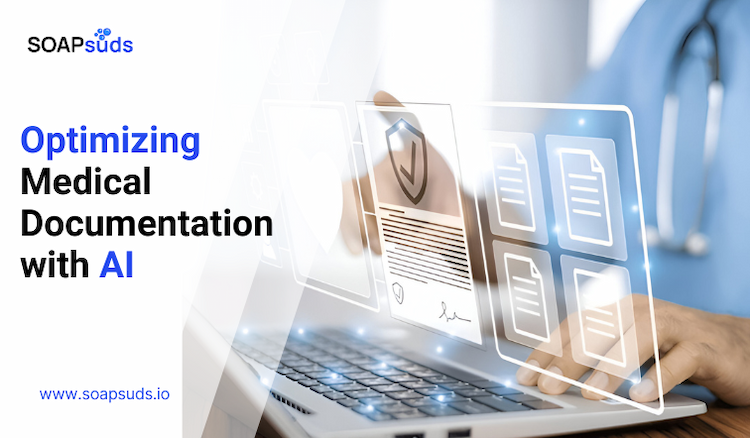The Growing Trend of Medical Tele-Scribes in Healthcare
SOAPsuds team
Published: 1/29/2025
SOAPsuds team
Published: 1/29/2025

It is well known that EHR documentation is a major contributor to physician burnout in...

Physicians have welcomed AI medical scribe software, recognizing its role in lessening the documentation load...

Online medical transcription services provide healthcare professionals with a convenient and efficient way to convert...

AI has become more noticeable in every industry, including healthcare documentation. Using AI in clinical...

Cancer care presents a complex and demanding challenge for healthcare professionals, requiring meticulous attention...

The U.S. healthcare industry, valued at $4 trillion in 2021, is projected to surpass...
Clinical Notes
SOAP notes
DAP notes
AI medical notes